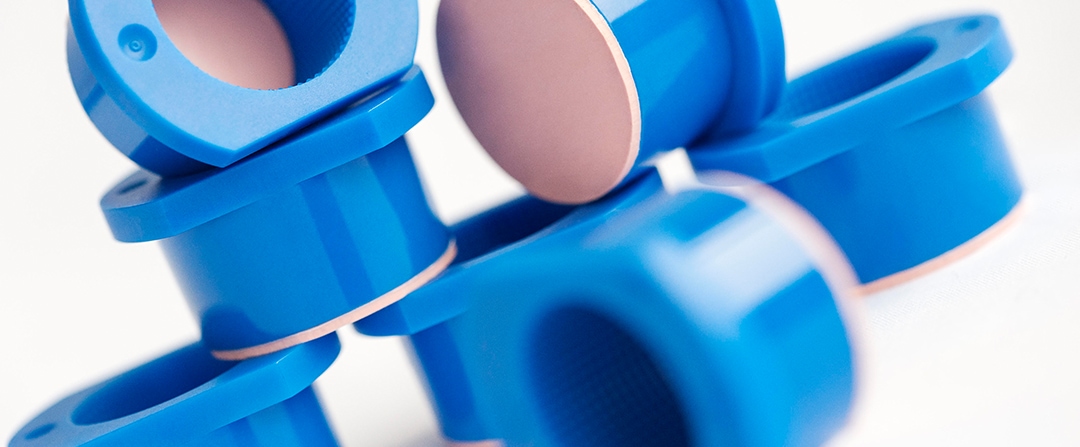Use of Vibration-Enabled Technology for Mechanical Testing
ElastoSensBio / Technology
ElastoSens™ Bio uses vibrations to obtain non-destructive contactless viscoelastic measurements of soft matter. Viscoelasticity Testing of Bilayered Materials (VeTBiM) is the patented technology behind the ElastoSens™ Bio.
VeTBiM consists in measuring the free response of a bi-layered system comprised of a sample over a flexible membrane to a vibrational impulse. The sample is contained into a solid sample holder having a flexible membrane at its bottom. During a tests, this sample holder is firmly attached to a vibrating unit inside the instrument. It can be removed from the instrument between tests and replaced as needed.
How does it work?
When tested on the ElastoSens™ Bio, the sample and the flexible membrane are submitted to a gentle vibration of a few micrometers that is applied to the whole sample holder. This excitation triggers a slight vibration in the sample and the membrane. The membrane displacement is remotely measured by a laser optical probe. A built-in ultrasonic height probe measures the sample height to accurately capture in real time any volume change of the sample that may be caused by swelling or degradation.
How is viscoelasticity measured?
The sample-membrane response to the dynamic excitation is affected by the membrane viscoelastic properties, the sample volume and its viscoelastic properties. As the viscoelastic properties of the membrane and the sample dimensions are known, the sample-membrane response to the dynamic excitation only depends on the viscoelastic properties of the sample being tested.
The sample-membrane vibration is processed using proprietary models and algorithms to obtain the sample’s viscoelastic properties: linear shear storage modulus (G’), linear shear loss modulus (G’’), shear complex modulus (G*) and the loss tangent tan(d). The measurements can be repeated over time to capture rapidly or slowly evolving kinetics. They can also be combined with environmental stimulations like temperature, light or gases to obtain real-time contactless viscoelasticity testing measurements and study the behavior of materials to such stimulations.

GOING BEYOND CONTACTLESS VISCOELASTICITY TESTING
ElastoSens Bio’s technology comes with a set of sensors, stimulation devices and connectivity features that reproduce real-life environments and enable Soft Matter Analytics™


3 Built-in UV-light sources


Built-in gas entries for environmental control


Built-in laser probe

